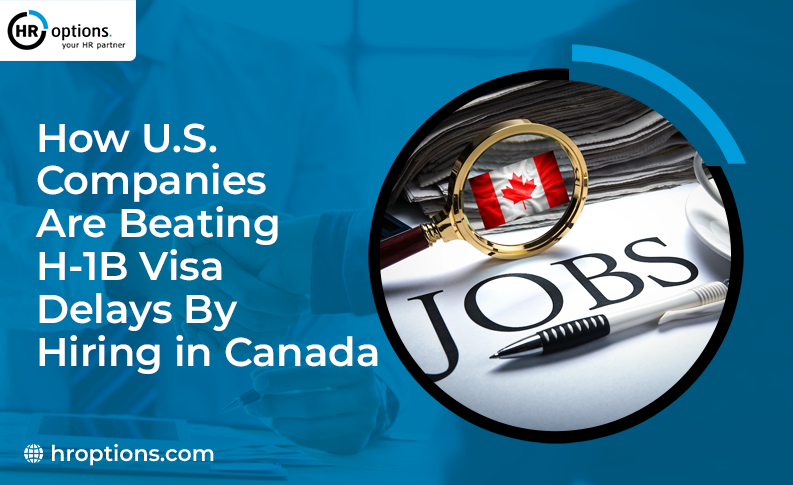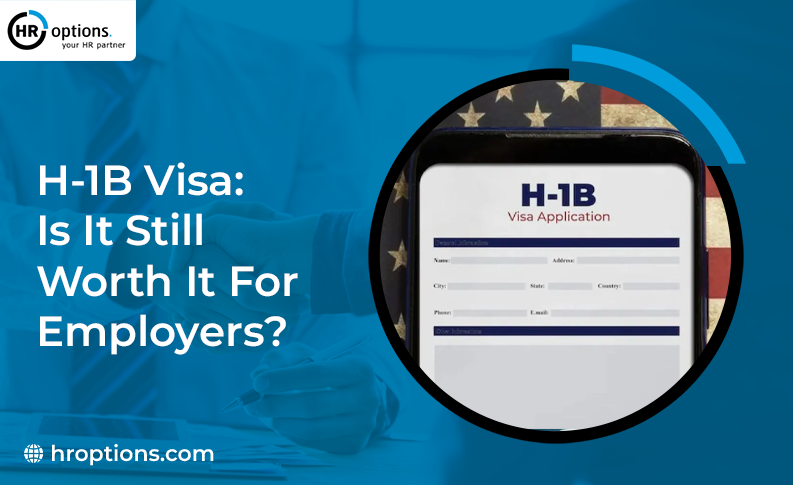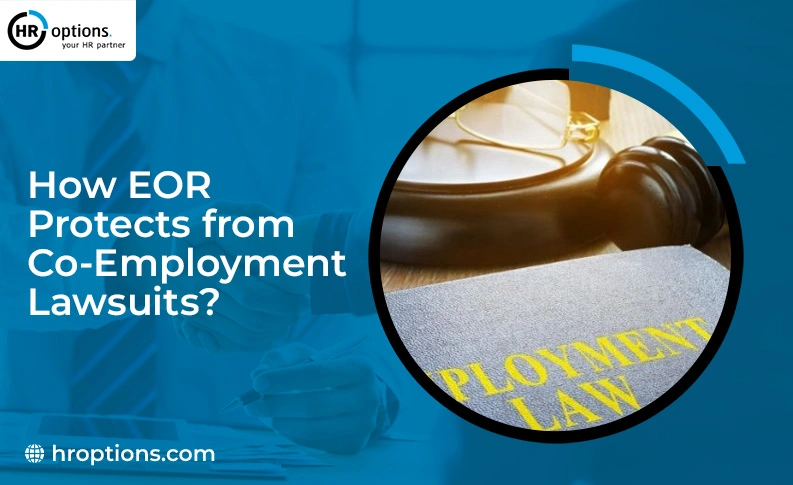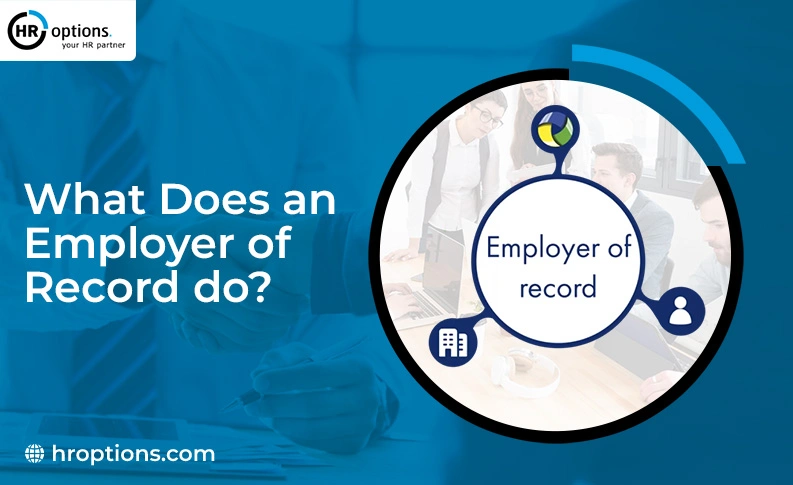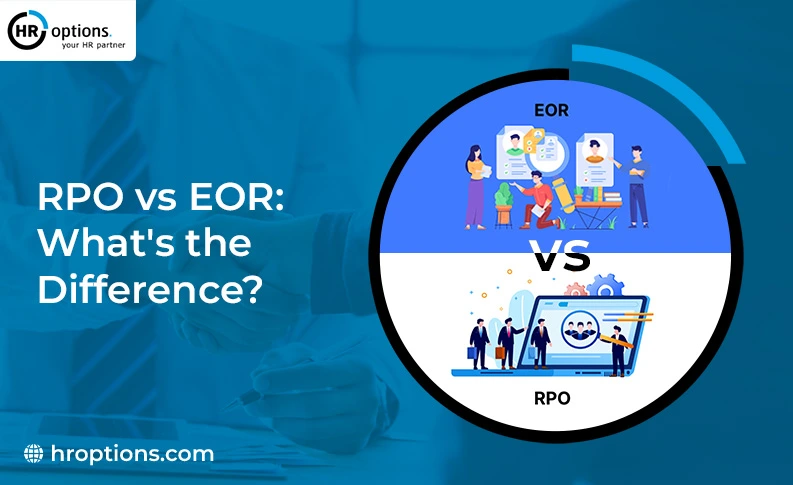Every time a manufacturer hires someone, updates payroll, or tracks compliance, hidden costs stack up. These tasks may seem routine, but they drain the budget over time. That’s why many companies are turning to Employer of Record (EOR) services, not just to manage HR, but to reduce costs.
An EOR helps by eliminating the need for a full HR department, reducing payroll and tax errors, and correctly classifying workers. It also prevents compliance fines, efficiently manages employee benefits, and handles temporary or seasonal labor. In addition, it reduces costly offboarding mistakes during layoffs or restructuring. Each of these areas contributes directly to lowering expenses.
Ways an EOR Helps Cut HR and Payroll Expenses in Manufacturing Companies
Let’s explore how EOR support helps manufacturers lower costs without compromising compliance or employee management.
1. Eliminates the Overhead of a Full HR Department
Hiring and maintaining an HR team means paying salaries, covering benefits, purchasing software, and keeping up with compliance changes. For manufacturers operating on thin margins, this adds up fast. An EOR replaces those fixed costs with a flexible, service-based model.
Professionals take over key responsibilities like onboarding, documentation, time tracking, and employee communication. You no longer need a full-time HR staff to stay compliant and organized, just one partner who covers it all.
2. Reduces Errors in Payroll and Tax Filing
Manual payroll mistakes can trigger audits, penalties, or even lawsuits. Miscalculations, late filings, and inaccurate deductions lead to financial risks and employee frustration. An EOR processes payroll accurately and on schedule.
It handles wage calculations, tax withholdings, direct deposits, and government reporting. That reduces or eliminates the need for dedicated in-house payroll staff and lowers the risk of costly errors in your bottom line.
3. Lowers Costs of Employee Misclassification
Misclassifying workers, especially contract labor, is common in manufacturing. But if the IRS or labor board flags it, you could face fines, back wages, and legal fees. An EOR ensures that every worker is classified properly and has the right contract and documentation. That means fewer compliance issues, minimizing audit risks and unexpected liabilities, and less money spent fixing preventable mistakes.
4. Avoids Compliance Fines Across Different Locations
Manufacturers often operate across multiple cities or states, each with labor rules. You risk non-compliance if you’re unaware of regional requirements, such as minimum wage requirements or mandated break periods.
An EOR keeps up with those laws for you. It ensures every worker is paid and managed according to local regulations, which protects your business from expensive fines and time-consuming disputes.
5. Manages Benefits and Insurance More Efficiently
Providing benefits is necessary, but managing them can be expensive. Open enrollment, plan renewals, eligibility tracking, and compliance filings all require staff time and precision. EORs take that burden off your shoulders.
They coordinate benefits like health insurance, paid leave, and retirement plans, often giving employees access to group rates you wouldn’t get on your own. That saves money while still offering valuable coverage.
6. Supports Temporary and Seasonal Workforce Needs
Manufacturers often bring in extra labor during busy seasons. Hiring and onboarding those workers in-house can be time-consuming and repetitive. With an EOR, you can scale up and down as needed.
They handle paperwork, tax forms, and onboarding processes for each temporary employee, without the delays or administrative costs of internal hiring cycles. When the season ends, the EOR also manages clean, compliant exits.
7. Reduces HR Errors During Offboarding and Restructuring
Letting an employee go improperly can result in legal claims or settlement costs. Errors in final paychecks, missed documentation, or miscommunication during layoffs lead to disputes. An EOR follows the correct legal steps for terminations.
Professionals ensure final payments are accurate, paperwork is complete, and records are secure. That lowers the risk of disputes and helps avoid legal consultation costs and delays in rehiring.
Conclusion
HR and payroll costs aren’t always obvious, but add up quickly through staffing, admin time, and risk exposure. An Employer of Record helps in multiple areas. It replaces the need for a full HR department, prevents payroll and tax errors, and avoids fines from misclassified workers or compliance violations.
They manage benefits, handle seasonal labor, and ensure clean exits when roles change or contracts end. These functions reduce overhead and free up your team to focus on production. By partnering with HR Options, you can gain multiple benefits, including reduced HR and payroll costs for manufacturing companies, while protecting your business from costly compliance and HR risks.

